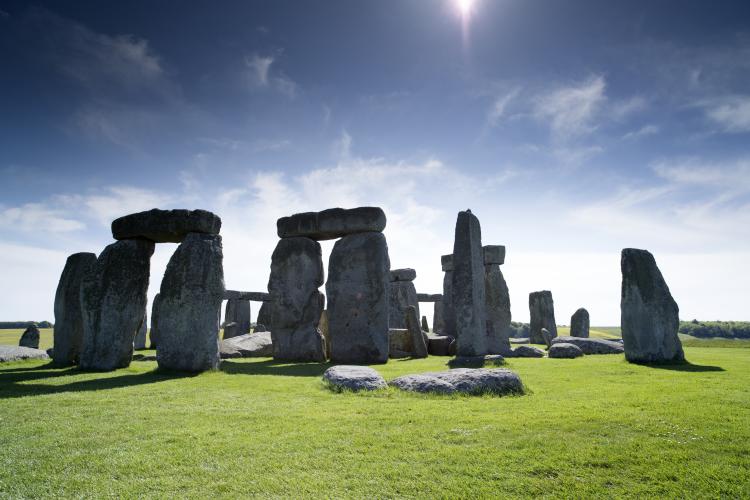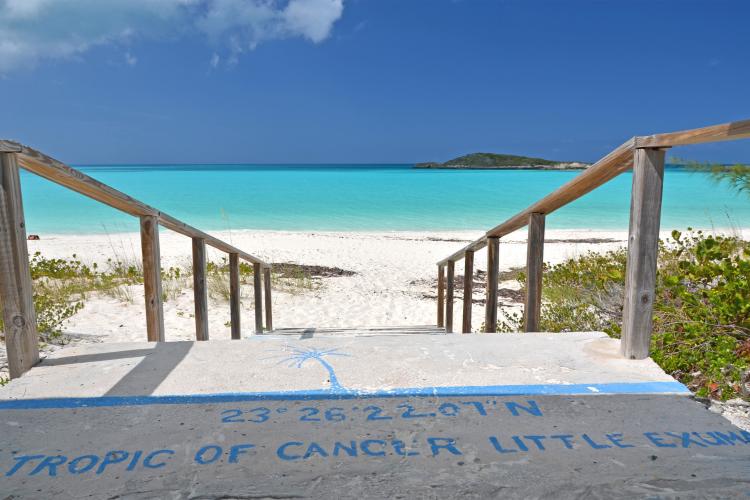So what is the summer solstice, exactly?
It's when the sun is at its highest point in the sky, directly above the Tropic of Cancer. This year, that occurs at 12:24 a.m. ET Wednesday. With the sun so high, it is also the longest day of the year for every place north of the Tropic of Cancer.
A solstice happens when the sun's zenith is at its furthest point from the equator. On the June solstice, it reaches its northernmost point and the Earth’s North Pole tilts directly towards the sun, at about 23.4 degrees.
It's also known as the northern solstice because it occurs when the sun is directly over the Tropic of Cancer in the Northern Hemisphere.
The solstice also brings the year's northernmost sunrise and sunset.
Meaning of Solstice
'Solstice' (Latin: 'solstitium') means 'sun-stopping'. The point on the horizon where the sun appears to rise and set, stops and reverses direction after this day. On the solstice, the sun does not rise precisely in the east, but rises to the north of east and sets to the north of west, meaning it's visible in the sky for a longer period of time.

Solstices in Culture
Over the centuries, the June solstice has inspired countless festivals, midsummer celebrations and religious holidays.
One of the world's oldest evidence of the Summer Solstice's importance in culture is Stonehenge in England, a megalithic structure which clearly marks the moment of the June Solstice.
In the Southern Hemisphere, where the June solstice is known as the shortest day of the year, it marks the first day of astronomical winter, but the middle of winter in meteorological terms.
The Earth is Farthest from the Sun
One might think that since it is summer in the Northern Hemisphere, the Earth is closest to the Sun during the June Solstice. But it's the opposite. The Earth is actually farthest from the Sun during this time of the year. In fact, the Earth will be on its Aphelion a few weeks after the June Solstice.
The Earth's distance from the Sun has very little effect over the Seasons on Earth. Instead, it the tilt of Earth's rotational axis, which is angled at around 23.4 degrees, that creates seasons.
The direction of Earth's tilt does not change as the Earth orbits the Sun - the two hemispheres point towards the same direction in space at all times. What changes as the Earth orbits around the Sun is the position of the hemispheres in relation to the Sun - the Northern Hemisphere faces towards the Sun during the June Solstice, thus experiencing summer. The Southern Hemisphere tilts away from the Sun and therefore enjoys winter during this time
The hottest day of the year in the Northern Hemisphere usually comes a few weeks or sometimes months after the Solstice. This is because it takes time for the oceans and landmasses to warm up, which again allows for higher air temperatures. This phenomenon is called the delay or lag of the seasons.
When the Sun Seems to Stand Still

Solstice comes from the Latin words sol, meaning Sun and sistere, meaning to come to a stop or stand still. On the day of the June Solstice, the Sun reaches its northernmost position, as seen from the Earth. At that moment, its zenith does not move north or south as during most other days of the year, but it stands still at the Tropic of Cancer. It then reverses its direction and starts moving south again.
The opposite happens during the December Solstice. Then, the Sun reaches its southernmost position in the sky - Tropic of Capricorn - stands still, and then reverses its direction towards the north.
Even though most people consider June 21 as the date of the June Solstice, it can happen anytime between June 20 and June 22. June 22 Solstices are rare - the last June 22 Solstice in UTC time took place in 1975 and there won't be another one until 2203.
Washington, D.C., for example, will be watching the sunset at 8:37 p.m. ET after almost 15 hours of daylight and nine hours of darkness. Some areas north of the Arctic Circle will experience a natural phenomenon known as the midnight sun, where the sun remains visible for the full 24 hours.



No comments:
Post a Comment